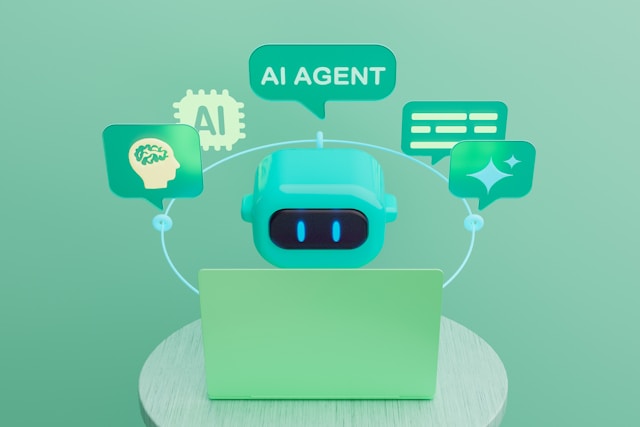Two technologies you hear most about today are “analytics” and “AI.”
Both hold great promise for how to get the most out of your organization’s data: analytics for deriving value from all the detailed information that surrounds you, and artificial intelligence (AI) for the speed of pattern recognition, iteration, and decision support.
Current ERP applications do a lot, don’t get us wrong. But one thing they cannot do well is make effective use of – or deploy – AI data analytics.
Consider data discovery, data synchronization, and data cataloging. How quickly can your ERP do that across diverse environments? On-premises and cloud? Between multiple applications? From various sources?
The nature of analytics is such that it changes all the time. You may not know what you need to make the best analysis, but you must have the flexibility to get the data to be useful to you and on the fly.
You need access to data quickly, and you don’t want to have to move it and dump it somewhere else for analytics. It takes too long to move big chunks of data into a DIY data lake or use heavy-lifting data tools.
If your data can stay in situ, you can generate great analytics more quickly. You just need the right integration.
The chances are that if you’re focused on analytics, you’re trying to improve something – processes, tasks, reporting, and so on. With the right data integration, you’ll not only have more complete, correct data, but you’ll be able to then drive automation.
By automating mundane analyses (think monthly reports, quarterly forecasts), you’ll free up your resources for more strategic analysis work that will affect business outcomes.
Add AI to that automation, and you’ll be able to make predictive and prescriptive planning and forecasting across the enterprise, enable better decision-making, and improve operations, all of which can lead to big impacts. For example, better sales forecasts lead to more accurate production schedules, which lead to a more satisfying customer experience and increased customer loyalty.
You need to be honest with yourself about how to best harness the greatness within your enterprise and your ERP. The decision is in your hands – but Boomi recommends doing it through intelligent use of data connectivity and automation.



